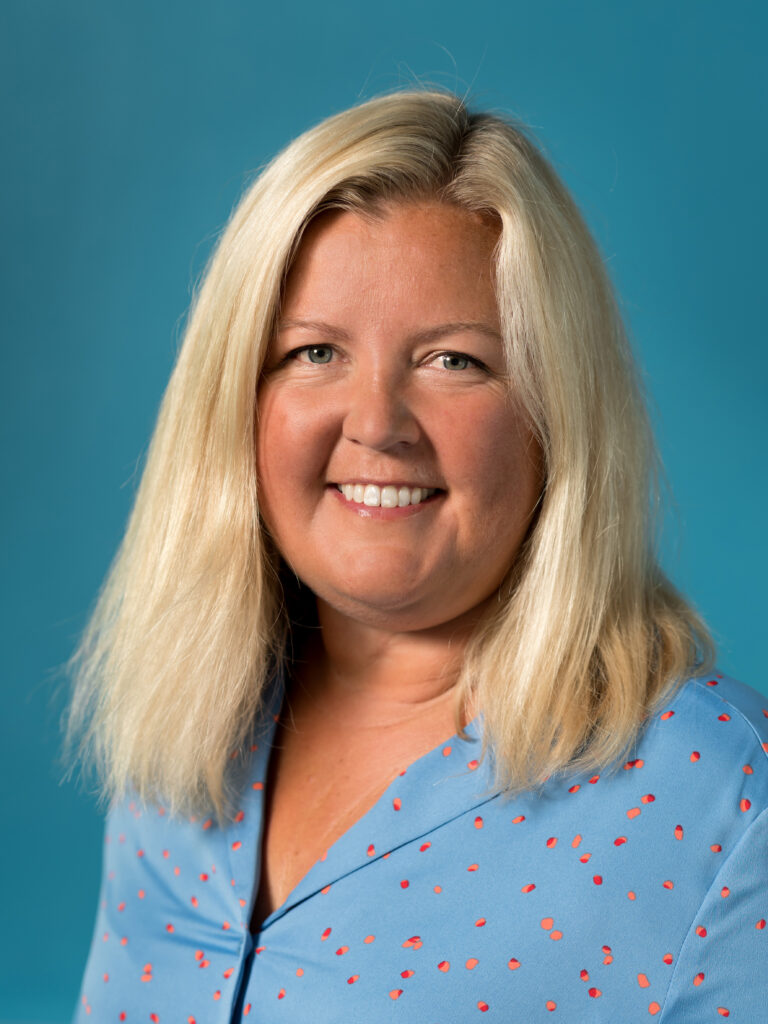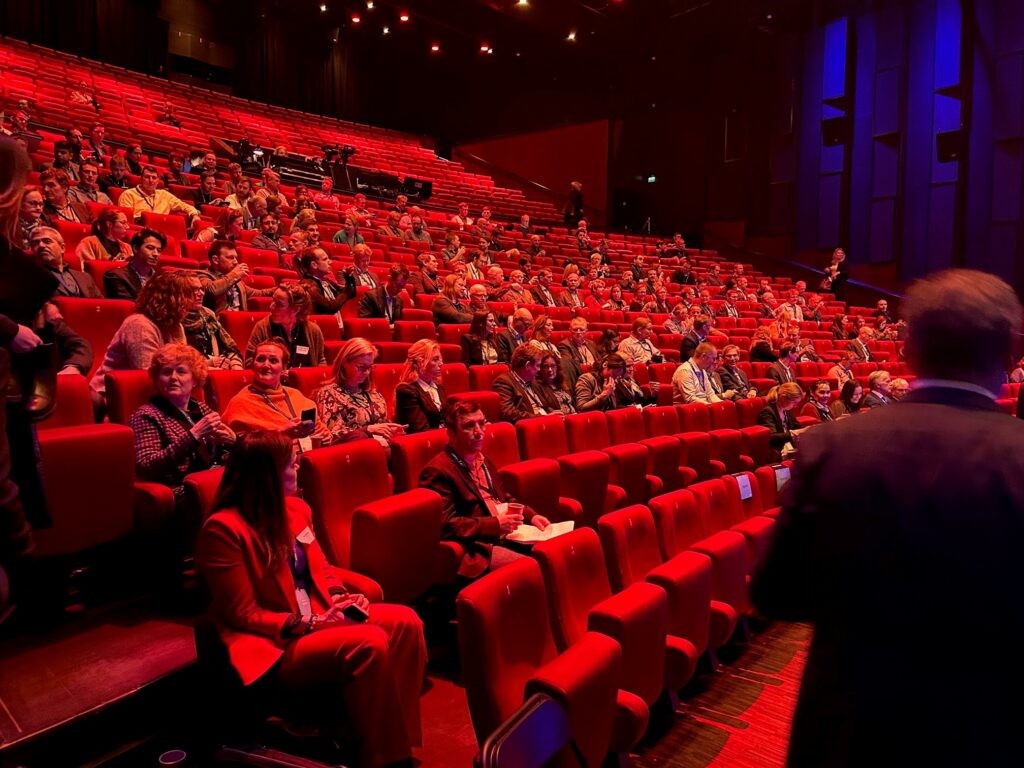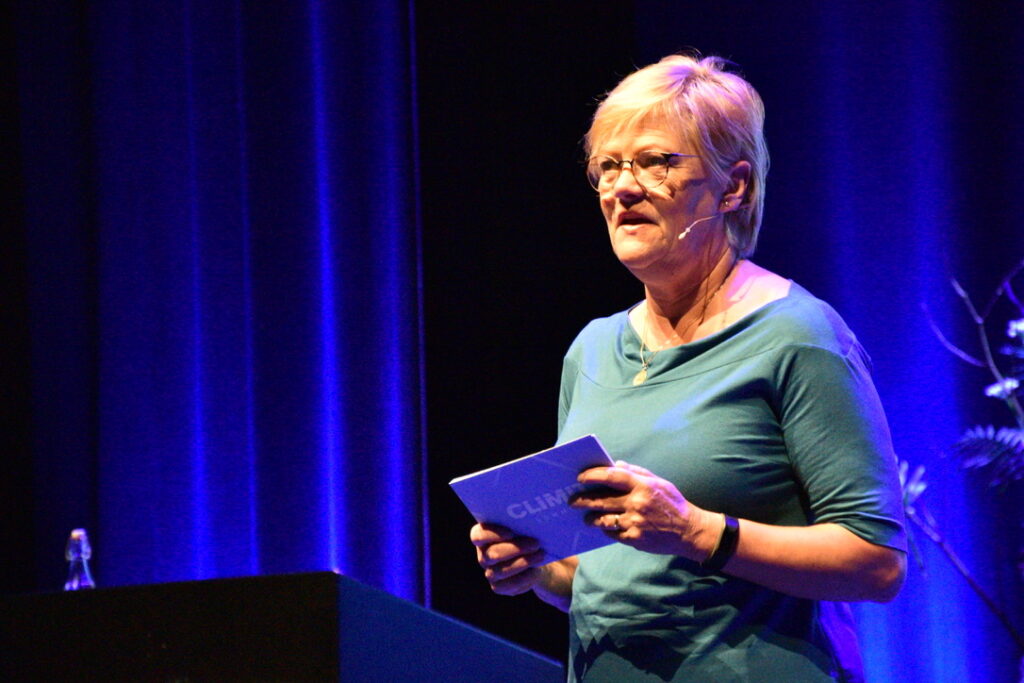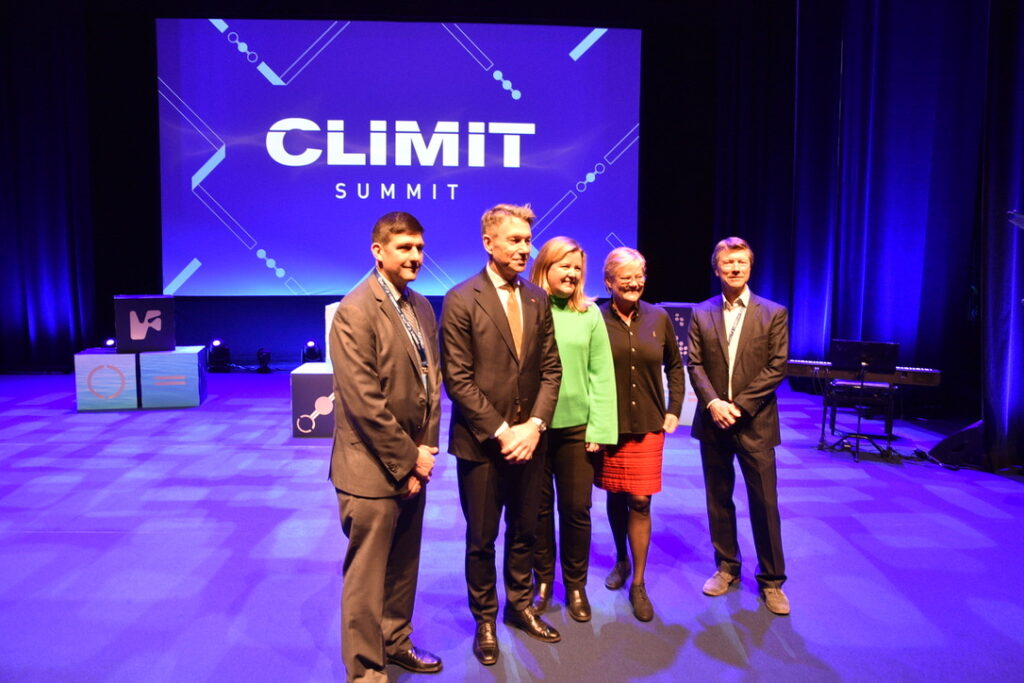
19.12.2023
CLIMIT; looking back at 2023 and a peek forward
Kari-Lise Rørvik from Gassnova is head of the CLIMIT Secretariat. In this interview, she looks back at CLIMIT 2023 and ahead to 2024.
CLIMIT Summit a highlight in 2023
Among the important events in 2023, Kari-Lise highlights the CLIMIT Summit in February. Which took place at Kulturhuset Bølgen in Larvik. – After the pandemic, we finally had the opportunity to meet in person, in addition to those who chose to follow the event online. The CLIMIT Summit has become an important arena with broad international participation. This time we had the pleasure of having Kristin Halvorsen from CICERO as our moderator. Minister Terje Aasland from the Ministry of Petroleum and Energy opened the CLIMIT Summit with an overview of the government’s CCS policy. The main theme of the conference was Longship. – What connects CLIMIT to Longship now. – How CLIMIT can contribute to the development of successful CCS projects in the future. There were three intensive days of plenary presentations and CCS Speed Dates. These gave participants a 10-minute insight into different CLIMIT supported projects. This CLIMIT Summit was a great start to the year. Thanks to solid speakers on stage and a dedicated crew from Gassnova and the Research Council of Norway.
The big picture
When challenged, Kari-Lise will not highlight individual projects as her favourite this year. – It is more important to take a holistic perspective and see how CLIMIT projects have developed – as for monitoring, where technology developed by CLIMIT-supported projects can be used in future CO2 storage monitoring. These projects represent arenas where industry and R&D resources jointly find sustainable solutions. CLIMIT celebrates its first 20 years in 2025 and is an increasingly important arena of collaboration between government and industry, characterized by trust and common goals.
Learning creates innovation
Kari-Lise believes that learning does not end, and work is not finished, when Langskip comes into operation. – When the industry reveals new challenges and opportunities, this will be looped back to the R&D resources, which must further develop the basic research and solutions they first came up with. The CLIMIT programme must be improved in line with these needs. CCS Clusters spread along Norway will play an increasingly important role when experiences from industry and R&D are to lead CCS innovation.
Excellent interaction with the Norwegian Research Council
Gassnovas collaboration with the Norwegian Research Council is particularly good. – Gassnova and the Council have a trusting relationship and common understanding, including through the secretariat meetings. Together we find good projects, with an inbuild reverence to our respective domains. Together, we are able to dedicate project to the relevant body of cooperation. In fact, we have 18 years’ experience of working together, says Kari-Lise.
“In December 2024, we will look back on a year in which the interaction and cooperation between industry, business, academia, authorities and granting government bodies have taken further steps forward.”
Where will Gassnova and CLIMIT be in one year from now?
When looking back in exactly one year from now, Kari-Lise; what has happened in 2024? – The collaboration on Pilot-E with Enova, the Norwegian Research Council and Innovation Norway has been a success! We are now entering Pilot-E with extensive CCS knowledge and support via the CLIMIT programme. The Pilot-E call is aimed at projects developing solutions enabling carbon capture to be put into use by 2030. More specifically, this applies to carbon capture from large, onshore points of emissions in Norway – which also enables decreased costs and risks. Then I will continue to be hugely impressed by the many local Industrial Clusters. They enthusiastically embrace CCS with a holistic approach, deeply involved to find sustainable and cost-effective solutions.





